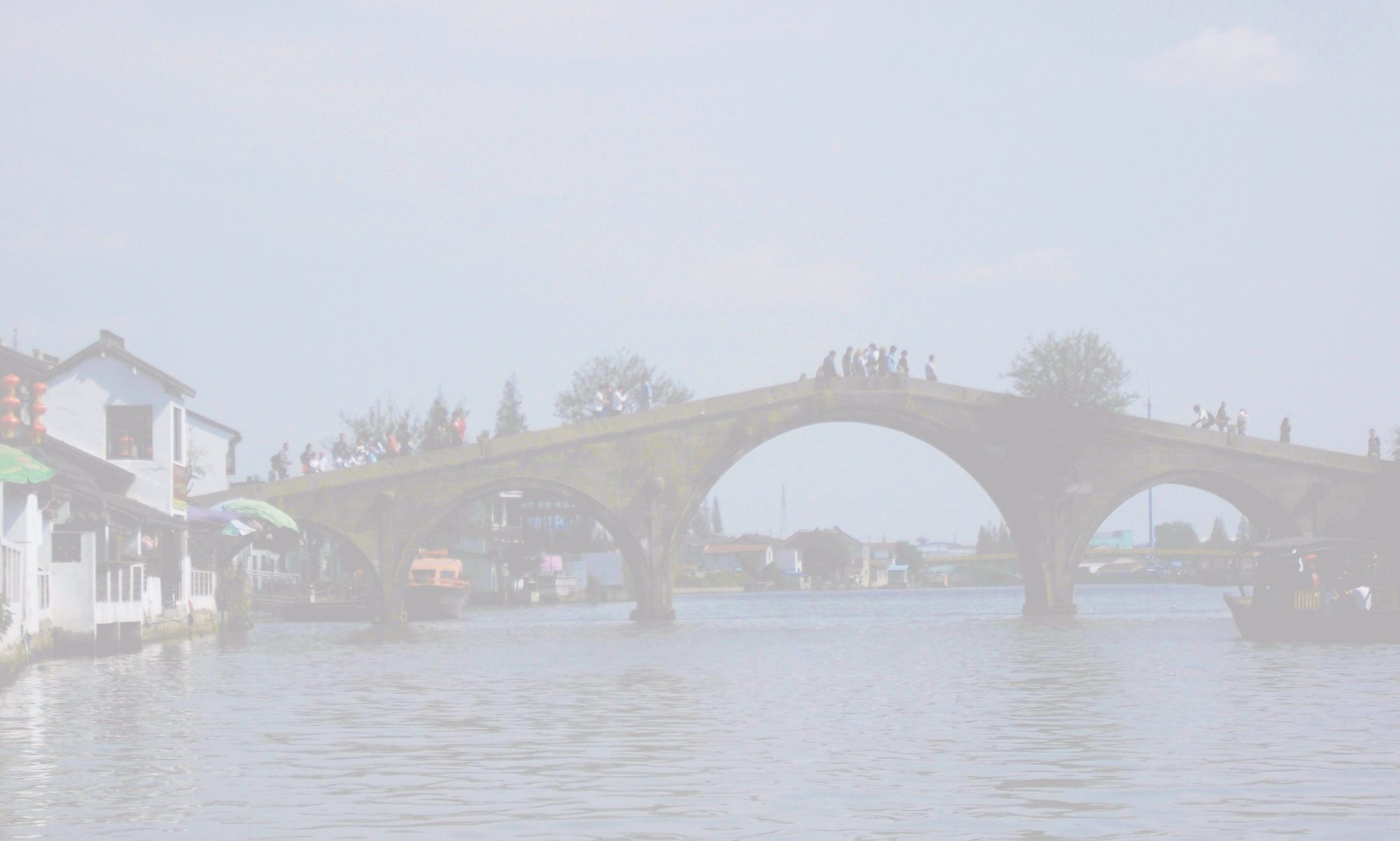Download HERE: Summary 14th March Teach-in
Summary for the Teach-in: China in the “New Era”
March 14, 2018
Prepared by Nicolas Scholz
Edited by Miaoqiang Dai
During the group discussion, the participants discussed the interrelationship between the Chinese Communist Party and the state in the context of Chinese party-state constitutionalism. In this regard, the implications of the 19th Chinese Communist Party Congress were discussed both in general and more specifically. For example, the abolishment of the 2-term limit for China’s presidents in China’s state constitution was highlighted and perceived to be critical to China’s future institutional pathway by all participants. However, positions differed on whether the abolition of these term limits must be seen in the context of renewed efforts by the CPC to limit the power of its leaders within the party constitution. For that reason, all participants agreed that further changes to the state as well as the party constitution should be closely monitored.
In order to resolve the inherent tensions of China’s party-state constitutionalism and the frictions between party leaders and party members, in particular, the participants put forward the concept of democratic centralism. As a method of leadership in which political decisions reached by the party are binding upon all members of the party, most of the discussion participants concluded that this concept is more helpful in understanding the peculiarities of China’s governance structure than classical notions of liberal democracy rooted in the distinct developmental path of Western civilization. Unsurprisingly then, even those who were skeptical about the utility of democratic centralism underlined the need to be sensitive to the immense significance of Marxist-Leninist ideology as well as homegrown Chinese political philosophies in assessing the direction of future CPC policy. Above all, the analysis of power structures took center stage. Not only were Hu Angang’s ideas of a collective presidency rehearsed, but also new analytical schemes in situating political power proposed. Parallel power structures along functional within the CPC deserved particular attention.

